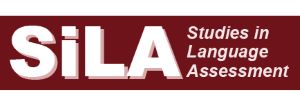EAL/D or an additional need? A cycle of learning, teaching and assessment to discern if an EAL/D student has additional needs to learning English
Bernadette Barker, Independent Consultant
|
https://doi.org/10.58379/XSLO8306
|
Volume 12, Issue 2, 2023
|
Abstract: Classroom teachers concerned with the academic or literacy progress of their English as an Additional Language/ Dialect (EAL/D) learners may ask the question: Does my EAL/D learner have additional needs to learning English? As young EAL/D learners are still in the process of learning English as well as developing their home language/s, deciding whether a student has a learning difficulty additional to English language learning needs can be difficult. A search of available information about assessment and identification of EAL/D learners with additional needs reveals information from a variety of sources and educational jurisdictions. These include EAL/D specialists and researchers as well as from the areas of Speech Pathology and Psychology. Approaches to assessment and identification vary with the different fields of expertise offering different perspectives. This has led to a tension in schools with teachers wanting a quick definitive answer to whether a student has an additional need to learning English and what must be done to remedy the situation. This report describes a cycle of teaching learning and assessment that offers a response to this dilemma. It involves planning for language growth, rather than for a deficit, and monitoring the everyday teaching and learning of the classroom for the learner in question before referring onto another professional.
Key words: EAL/D learners, additional needs, learning difficulties/ disabilities, assessment, English language learning proficiency scales
